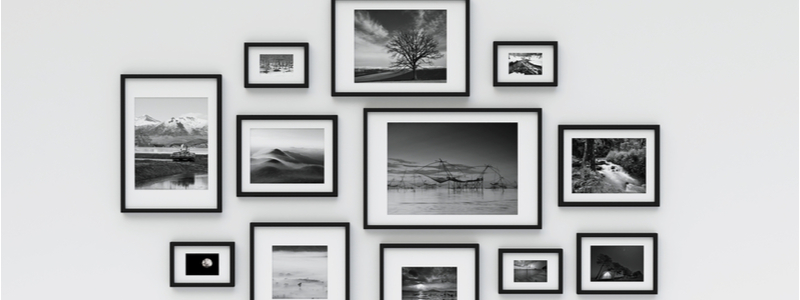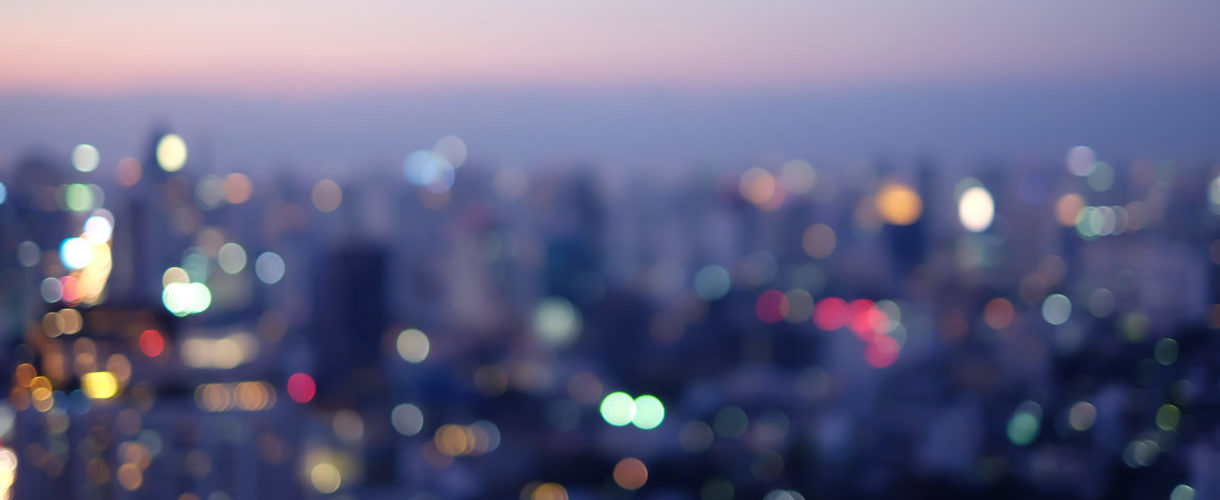Capturing Motion in Your Photography
Photographs by their very description are meant to capture a moment in time. When you think of a photograph, you think of something static, something still to look back on, to frame in the living room. But photographs are so much more than this. Using technical techniques to capture motion such as increasing the shutter speed to focus on one element of the photograph are all ways you can make a standard static photograph come to life. After all, some of the best and most memorable moments in life are in motion.
Techniques for capturing motion
Some photographers portray motion in their work to show that their photograph subject is moving. Using this as a technique can be difficult and requires a lot of skill, creativity, practice and technical ability.
Background blur
To get a blurred background in photography when capturing motion, and for the subject to stand out, one of the best tips is to select the ‘aperture priority’ mode. When using a DSLR camera, you’ll need to look for the smallest f-number. The f-number represents the camera system’s focal length to the diameter of the lens. Using this element of the ‘f value’ is good as it represents the lens speed which is what gives you the blur effect or brings the background into focus.
Using the shallow depth of field increases the distance between your subject and the background. You can achieve this by shooting extremely closely to your subject. Generally speaking, the longer the focal lens, the more your focused your main subject will be in comparison to the overall backdrop.
Capturing Motion Blur
This can give an image drive, energy, and a sense of added dimension. Using theory and technique there’s plenty of ways to capture motion blur to create dynamic, interesting shots. There’s no one genré of photography which utilises this technique either, it’s useful across a whole range of photography subjects, and is particularly useful to keep in mind for this month’s competition theme, Wheels, Wheels, Wheels.
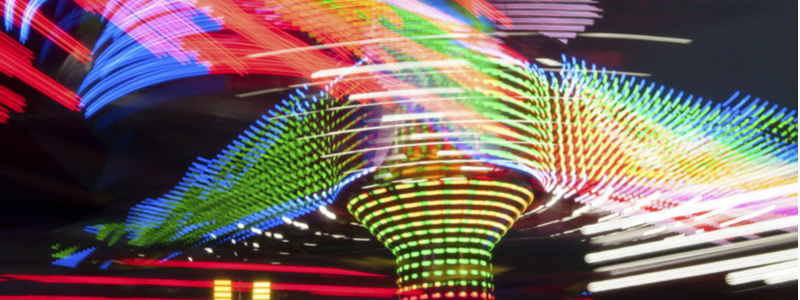
The shutter speed you choose for photographing a particular scene is essential in the flow of the motion blur. Fast shutter speed will show subjects as they are, flowing water, or cars driving, for example, whereas a slow shutter speed will merge the subjects into one. Be careful not to go too far the other way though. Too slow shutter speed will make your images blurry and distorted.
Use Flash
Using a flash mode can help in capturing moving subjects with heightened composure and visibility. It can also give you a stronger image to work with pre-editing, meaning that your image will be as close to its original state as possible.
Sports mode
Pre-set exposure modes such as sports mode help beginner or intermediate photographers to achieve good conditions for motion. Sports photography, in its very nature, includes movement and significant action out on the pitch or field, so this automatic mode is useful as it can include: an increased ISO setting, shallower depth of field, and increased shutter speed.
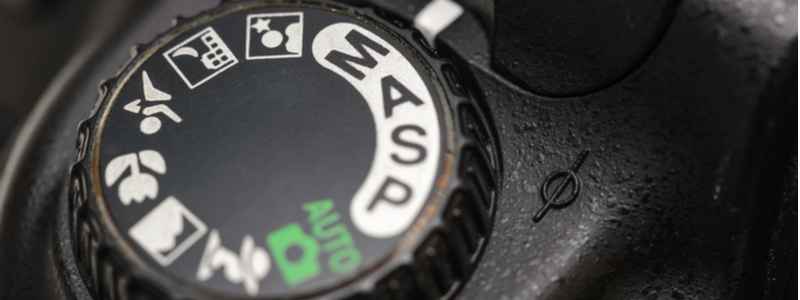
For more complex photography for more advanced photographers, all of these options are available in manual mode to switch on at configurations to suit the depth of your photograph.
Post-processing
Using a programme like Lightroom or Photoshop Elements, you’ll be able to get the best out of your photos. Almost every photographer will manipulate their images to some extent whether that be minor edits or severe adapting so this process is almost essential to getting the best out of your photos.
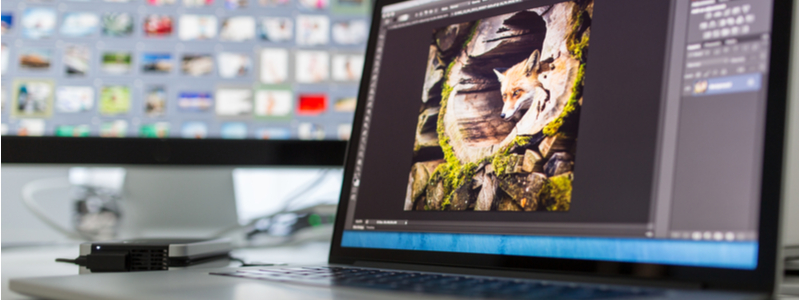
You can recreate the blurred background in these post-production applications to take the emphasis off having to get the perfect photo at the time of production. However, using various settings across your shoot can increase your ability to technically get the right motion photo, then use this software as an enhancer rather than relying on it to do everything for your photo.
Framing
Of course with any photography project, along with digitally displaying your snaps online or via social media, a beautiful frame for your home or exhibitions is the perfect finishing touch to a photography assignment. Read more about why you should frame your work.
